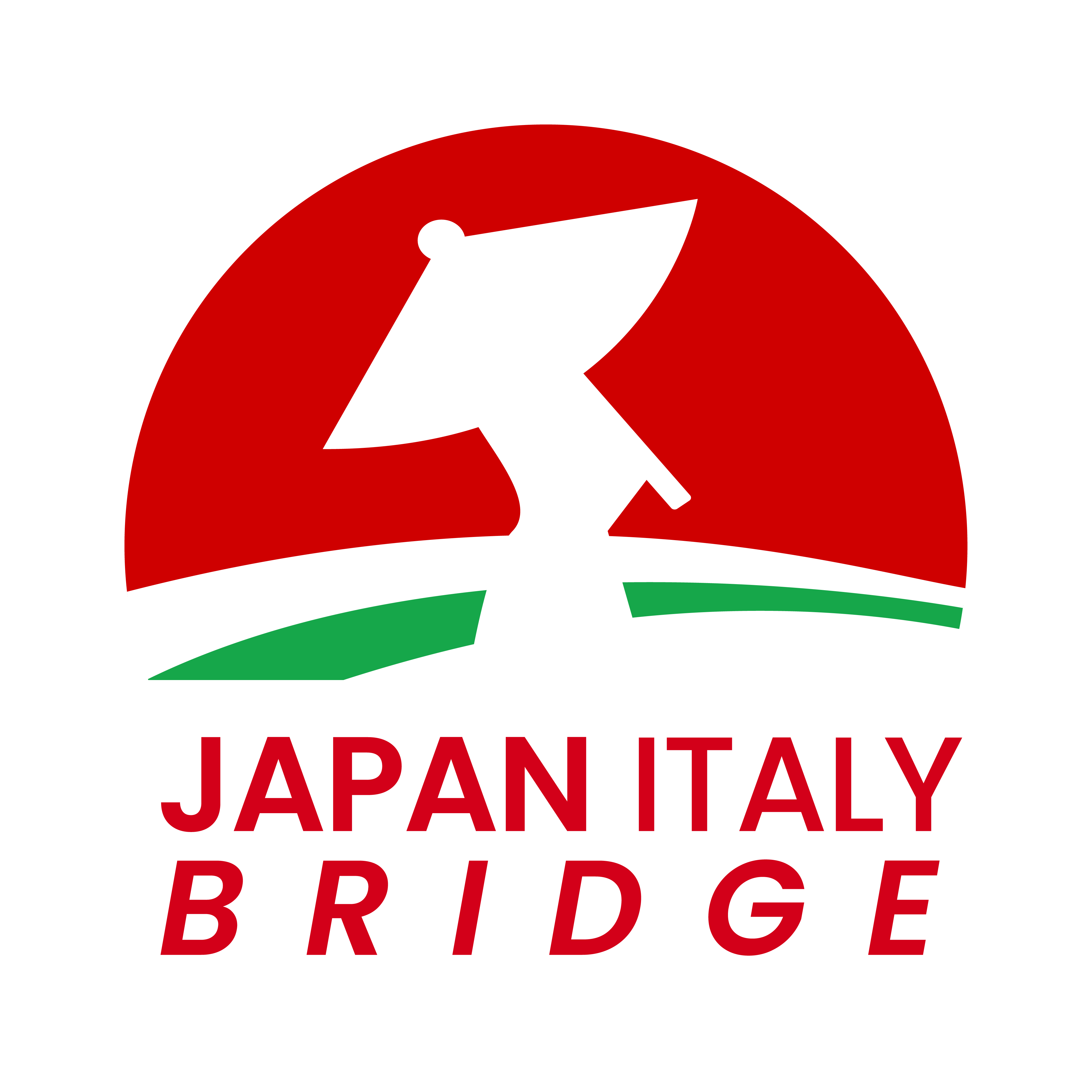IKEA and Starbucks: The Secret to Their Success in Japan
When two global giants like IKEA and Starbucks decide to conquer the sophisticated Japanese market, the key to their success lies in one word: localization. But how did these giants enter the hearts and homes of Japanese consumers? Let’s find out together.

IKEA: A Strategic Return
IKEA first entered Japan in 1974, but the adventure ended in 1986 due to a lack of understanding of local preferences. However, the Swedish giant did not give up. In 2006, after careful analysis, it returned with a renewed strategy. It adapted the dimensions of its furniture to align with the smaller living spaces typical of Japanese homes and introduced specific products, such as tatami and traditional tableware, respecting local customs. It also changed the shopping experience, offering delivery and assembly services, aware that many Japanese customers do not own vehicles suitable for transporting bulky furniture. This attention to detail has made IKEA a reference point for furniture in Japan.

Starbucks: The Art of Cultural Integration
Starbucks opened its first store in Tokyo in 1996, bringing with it not just coffee, but an entire experience. To win over Japanese consumers, the company introduced unique drinks inspired by local flavors, such as matcha latte, and created environments that reflected Japanese aesthetics, using traditional materials and minimalist design. It also respected the importance of seasonality in Japanese culture, launching limited-edition products during local holidays. This fusion of tradition and innovation has made Starbucks a beloved and frequented place throughout the country.
Lessons in Localization
Both companies have shown that to succeed in a foreign market, it is not enough to replicate a successful model elsewhere. It is essential to immerse yourself in the local culture, understand its nuances and adapt the offering to the specific needs of consumers. This approach not only facilitates brand acceptance, but also creates an emotional connection with the public, which is essential for loyalty.
IKEA and Starbucks are prime examples of how a well-thought-out localization strategy can turn challenges into opportunities. Their ability to respect and integrate Japanese cultural elements into their offerings has allowed them to thrive in a demanding and competitive market. For any company aiming to expand globally, the lesson is clear: listening, observing and adapting are the keys to success.
Effective communication is essential for every company or project. Japan Italy Bridge was born with the aim of connecting and promoting Italian companies in Japan and Japanese companies in Italy, offering tailor-made solutions to amplify your visibility and strengthen your brand. Thanks to our team of experts and a network of qualified collaborators, we develop customized communication and marketing strategies, providing all the tools necessary to tell your story in the most effective and engaging way.
Our services:
Art Direction – We create a strong and coherent visual identity.
Content Creation – We produce quality content to best tell your brand story.
Digital & Influencer Marketing – Targeted digital strategies and collaborations with influencers.
Social Media Management – Management and optimization of social channels.
Event Creation & Management – Organization of exclusive events for your business.
Branding – Construction and strengthening of the company image.
Web Design – Development of modern and functional websites.
Find out more about our projects and how we can help you grow: Japan Italy Bridge
Share this:
- Click to share on Facebook (Opens in new window)
- Click to share on Twitter (Opens in new window)
- Click to share on Tumblr (Opens in new window)
- Click to share on Pinterest (Opens in new window)
- Click to share on Telegram (Opens in new window)
- Click to share on WhatsApp (Opens in new window)
- Click to share on Reddit (Opens in new window)
- Click to print (Opens in new window)






